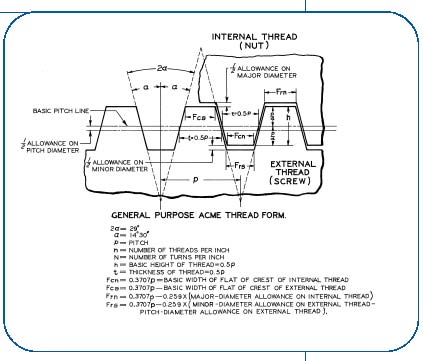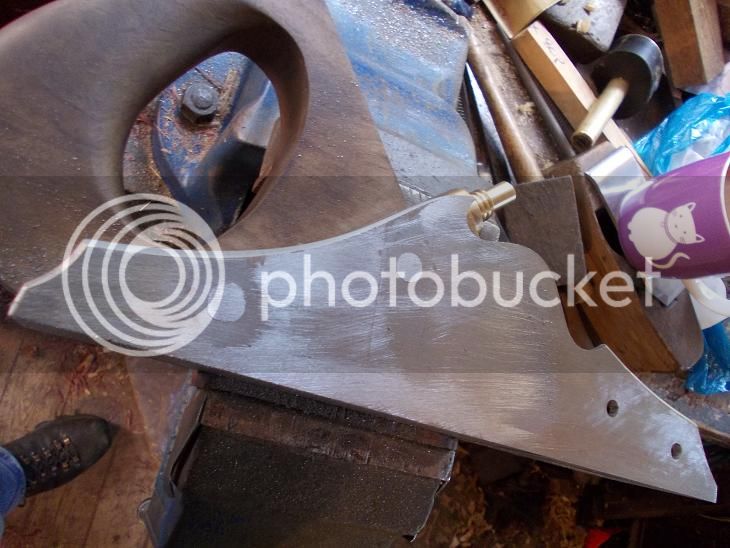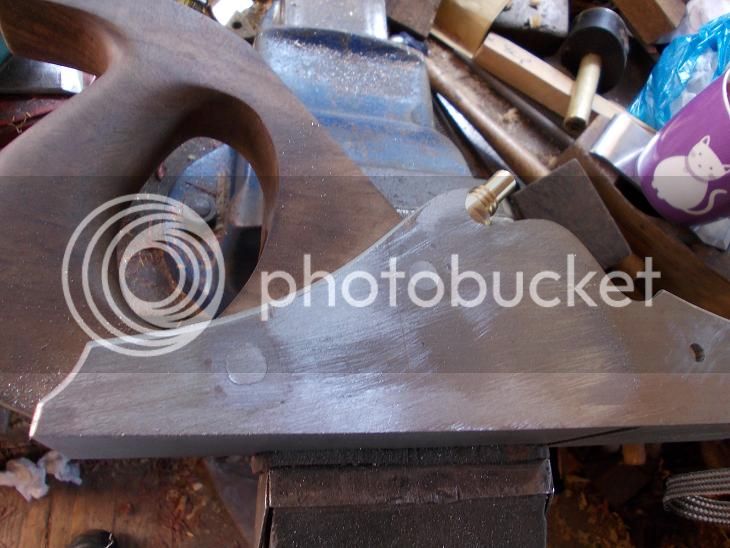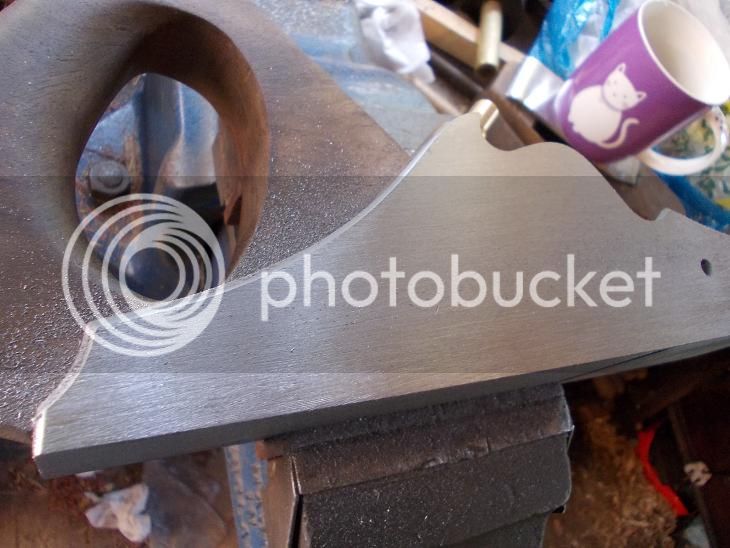Richard T
Established Member
Yes Andy - spot on.
The last hope with these tools is to thread it from scratch (or not). I'll have to order some new muscles.
This will show once and for all whether the tap and/or die are duff.
The last hope with these tools is to thread it from scratch (or not). I'll have to order some new muscles.
This will show once and for all whether the tap and/or die are duff.





































